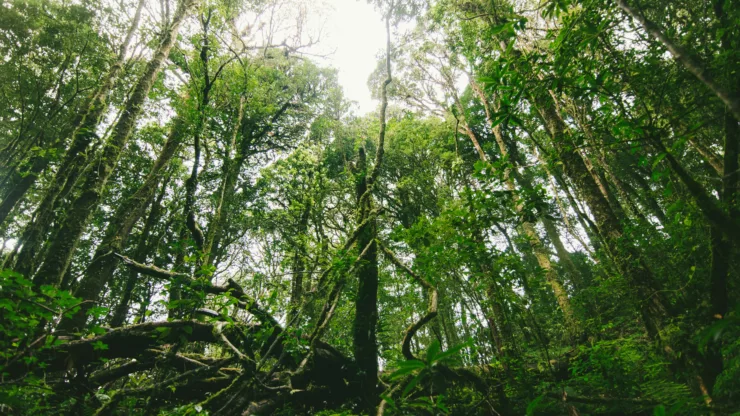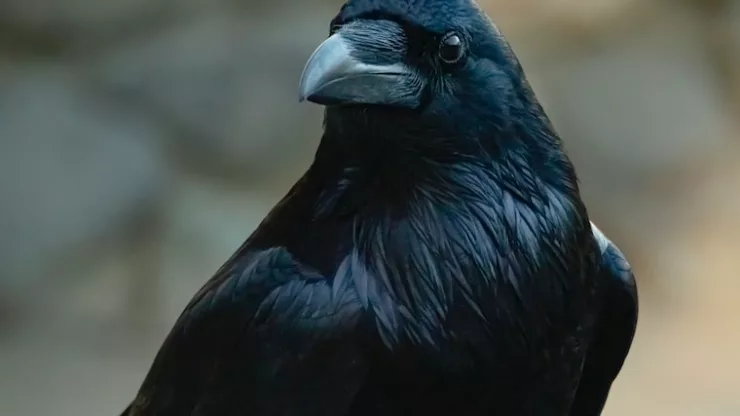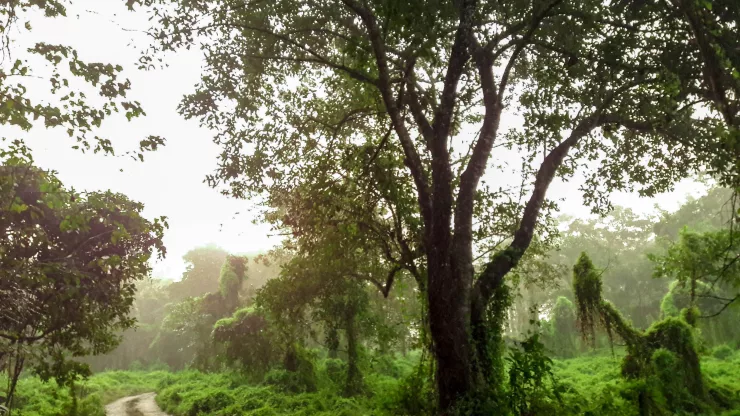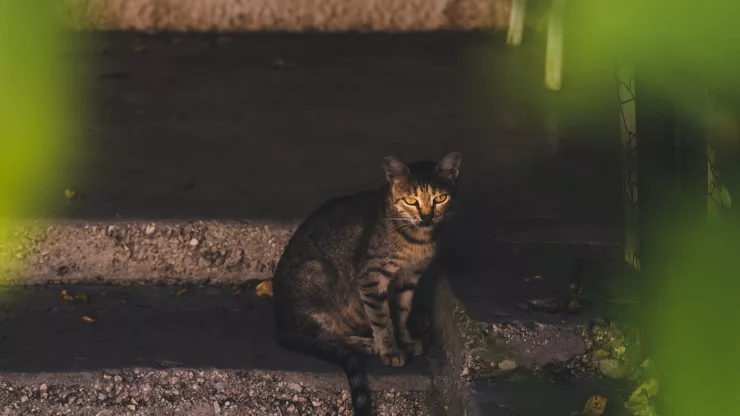Urban vs Rural Wildlife Conservation: A Comparative Study
Wildlife conservation is an essential aspect of preserving our planet’s biodiversity.
However, urban and rural environments pose different challenges to conservation efforts due to their distinct ecological features.
Urban areas are typically characterized by high population densities and intense human activities, while rural areas are known for their vast natural landscapes and low human densities.
This article explores the differences between urban and rural wildlife conservation and the challenges and solutions for effective conservation in these environments.
Jump to Section
Urban and Rural Wildlife: Two Different Worlds
Urban and rural environments present different wildlife habitat conditions. Urban environments are highly modified landscapes that offer limited natural habitats for wildlife.
In contrast, rural areas offer a wide range of habitats, such as forests, grasslands, and wetlands, that support a diverse range of wildlife species. The table below summarizes some of the differences between urban and rural wildlife habitats.
| Urban | Rural | |
|---|---|---|
| Habitat Diversity | Low | High |
| Human Activity | High | Low |
| Available Space | Limited | Abundant |
| Connectivity | Fragmented | Connected |
Wildlife Conservation in Urban and Rural Areas
Conservation efforts in urban areas focus on protecting and enhancing existing habitats and creating new ones.
This involves the restoration of degraded habitats and the creation of green spaces.
In contrast, conservation in rural areas centers on preserving large tracts of natural habitats. This involves the establishment of protected areas and the sustainable management of natural resources.
Additionally, conservation in rural areas often involves working with local communities to promote sustainable land use practices.
Challenges and Solutions for Conservation
Urban wildlife conservation faces numerous challenges, including habitat fragmentation, pollution, and human-wildlife conflicts.
To address these challenges, conservationists have developed various solutions such as creating wildlife corridors, reducing pollution, and educating the public on coexisting with wildlife.
On the other hand, rural wildlife conservation faces challenges such as habitat loss, poaching, and climate change.
To address these challenges, conservationists have developed solutions such as establishing protected areas, promoting sustainable land use practices, and mitigating climate change impacts.
Inspiring Success Stories in Urban and Rural Conservation
Urban and rural environments have recorded success stories in wildlife conservation.
In urban areas, examples include the restoration of the Los Angeles River, which has led to the return of native fish and bird species, and the creation of green roofs, which provide habitat for pollinators and birds.
In rural areas, examples include the successful management of the Great Barrier Reef Marine Park, which has led to the recovery of coral reefs, and the protection of the Siberian tiger populations, which have increased in numbers due to conservation efforts.
FAQ
What is the main challenge of wildlife conservation in urban areas?
The main challenge of wildlife conservation in urban areas is habitat fragmentation, which occurs when natural habitats are broken up into smaller fragments by human activities.
This fragmentation reduces the available habitat for wildlife and makes it difficult for animals to move between different habitats.
What is the main challenge of wildlife conservation in rural areas?
The main challenge of wildlife conservation in rural areas is habitat loss, which occurs when natural habitats are converted into other land uses such as agriculture, mining, or urbanization.
This loss of habitat reduces the available habitat for wildlife and threatens their survival.
What are some solutions for urban wildlife conservation?
Some solutions for urban wildlife conservation include creating wildlife corridors, reducing pollution, and educating the public on coexisting with wildlife.
Creating wildlife corridors involves connecting fragmented habitats to allow animals to move between different habitats.
Reducing pollution involves reducing the amount of pollutants that enter the environment and affect wildlife.
Educating the public on coexisting with wildlife involves raising awareness on how to live in harmony with wildlife and avoid conflicts.
What are some solutions for rural wildlife conservation?
Some solutions for rural wildlife conservation include establishing protected areas, promoting sustainable land use practices, and mitigating climate change impacts.
Establishing protected areas involves setting aside areas of land for conservation purposes.
Promoting sustainable land use practices involves encouraging landowners to use their land in ways that support wildlife conservation.
Mitigating climate change impacts involves reducing greenhouse gas emissions and adapting to the impacts of climate change on wildlife.
Urban and rural wildlife conservation present different challenges and solutions. However, effective conservation efforts in both environments are essential for preserving our planet’s biodiversity.
By learning from inspiring success stories and implementing innovative solutions, we can ensure that wildlife thrives in both urban and rural environments.
I’m a nature enthusiast and creator of Metro Wilds and have spent years exploring the great outdoors.
With a passion for environmental conservation and sustainability, I have dedicated my career to writing about the beauty and wonders of nature, as well as the threats facing our planet.
Contact me at [email protected] for assistance.





